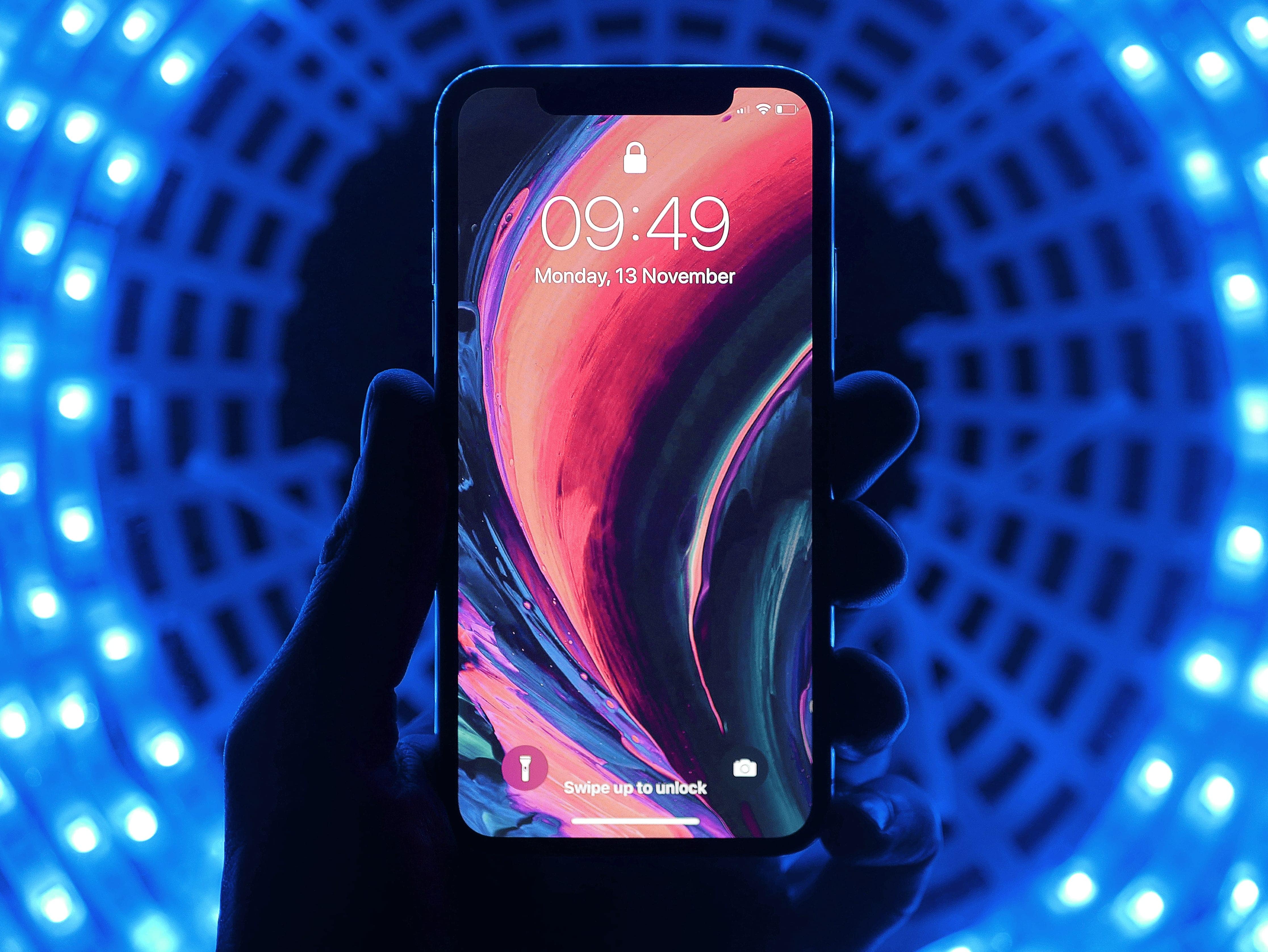After last week’s Apple keynote, it’s never been clearer that we’ve reached an impasse in smartphone innovation. Most people were more excited about what’s to come with the Apple Watch than the iPhone XS and XR. In other words, the rectangle screen we put in our pockets has maximized its potential.
But, that’s not to say the smartphone can’t inspire innovation. With over 3 billion smartphone users worldwide, there’s a lot of incentive (and test subjects) for tinkerers and inventors to work toward. That’s why over the next decade we’ll utilize the smartphone as a stepping stone to push other innovations further.
One of these notable innovations is wireless power.
Now, I’m not referring to Samsung or Belkin’s Qi-compatible charging docks. Those use a method called inductive charging, where two objects touching one another transfer energy electromagnetically. Personally, I think wireless charging docks are more of a novelty charging method since you still need to plug the dock into the wall.
Instead, we’re imagining a future without power outlets and battery swaps. This is achieved by transferring power through infrared light.
Wi-Charge is the company “leading the charge” by delivering power using safe, focused, beams of invisible infrared light.
It starts by mounting a Wi-Charge transmitter on a wall or ceiling – preferably a spot that has a clear line of sight with most of the room. The transmitter scans the room for receivers, recognizes the integrated products (if there’s an obstructed direct path to them), and delivers a charge to the product. It’s really that simple.

The obvious next step for Wi-Charge is to work with existing device manufacturers to add this ability in their upcoming releases.
I can see Wi-Charge being integrated with phones, smartwatches, and tablets initially – then move onto TVs and computers. Eventually, the technology can be integrated with many of our peripheral objects. This includes the TV remote, your surround sound speakers, wireless mouses and keyboards, curling irons, even electric toothbrushes.
Granted, appliances like refrigerators, washing machines, microwaves, etc. which draw large amounts of power will be some of the last products to adopt wireless power. But their vision for the future is really that extensive, even one-day providing power to machines found in factories.
iPhone 20 (aka XX) will look down upon its forefathers for drawing their energy from a power cord.
